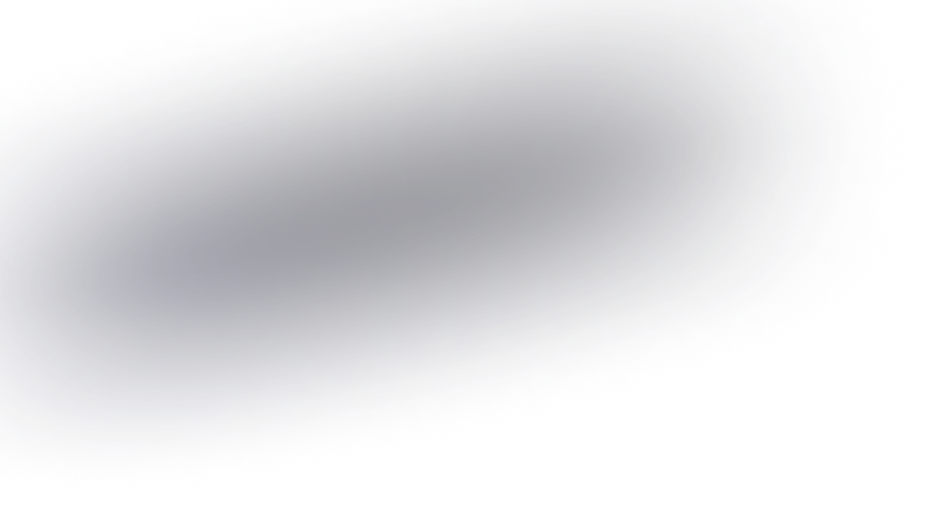How can SaaS website design achieve a balance between creativity and optimal usability?
Integrating Creativity with Usability in SaaS Web Design
In the dynamic realm of SaaS web design, *balancing creativity and usability* is essential for crafting interfaces that not only capture attention but also offer seamless user experiences. This balance ensures that users remain engaged while navigating through your platform effortlessly.
The essence of optimal SaaS website design transcends mere aesthetics. It requires a meticulous combination of form and function, ensuring that the creative elements serve the usability rather than overshadow it.
Understanding User Needs
Before initiating any design process, it is crucial to deeply understand your target audience. A user-centric design starts with an analysis of user behaviors, preferences, and pain points.
- Conduct thorough user research: Use surveys, interviews, and data analytics to gather user insights.
- Create detailed user personas: These help guide design decisions by representing key segments of your audience.
Armed with this knowledge, you can start weaving creativity into elements that enhance usability, such as intuitive navigation or engaging interactive features.
The Role of Minimalism
Incorporating *minimalist design principles* is pivotal in achieving a balance between creativity and usability. Simplicity enhances navigation and reduces cognitive load on users.
- Clear and concise design: Avoid clutter by removing unnecessary elements that do not contribute to functionality.
- Focus on essential elements: Ensure that significant user actions are highlighted clearly, guiding users seamlessly through the platform.
With minimalistic design, the creative elements stand out more, providing users with an aesthetically pleasing yet easy-to-use interface.
Interactive and Engaging Elements
While usability is crucial, creativity shouldn't be stifled. The integration of interactive elements can elevate user engagement and satisfaction.
- Incorporate engaging micro-interactions: These subtle animations or responses are not only delightful but also informative, guiding users through their journey.
- Implement responsive design: Adaptive interfaces enhance the user experience across various devices and screen sizes, showing that every detail matters.
These elements should align with your brand's overall theme and contribute positively to the usability of the platform.
Accessibility Considerations
An essential aspect of usability is *ensuring accessibility for all users*, including those with disabilities. Creative design should not inhibit the ability for everyone to use your platform effectively.
- Adhere to accessibility standards: Implement WCAG guidelines to accommodate users with varying needs.
- Test with assistive tools: Regularly use screen readers or other assistive technologies during the design process to identify usability issues.
An accessible design often overlaps with good usability practices, ensuring a seamless experience for a broader user base.
Consistent Feedback and Iteration
Even after the website is live, balancing creativity and usability requires continual refinement based on real-world feedback.
- Gather user feedback continuously: User reviews and analytics should guide ongoing improvements.
- Iterate on existing designs: Stay agile, making updates and enhancements based on how users interact with the site.
Conclusively, the iterative process provides an opportunity to refine both creative and functional aspects, ensuring your SaaS platform remains ahead of the curve in terms of user experience.
In summary, successfully navigating the intersection of creativity and usability in SaaS website design involves understanding your users, emphasizing minimalistic and accessible design, and continuously refining the experience based on feedback. This holistic approach ensures both aesthetic appeal and efficient functionality, crucial for a thriving SaaS platform.

